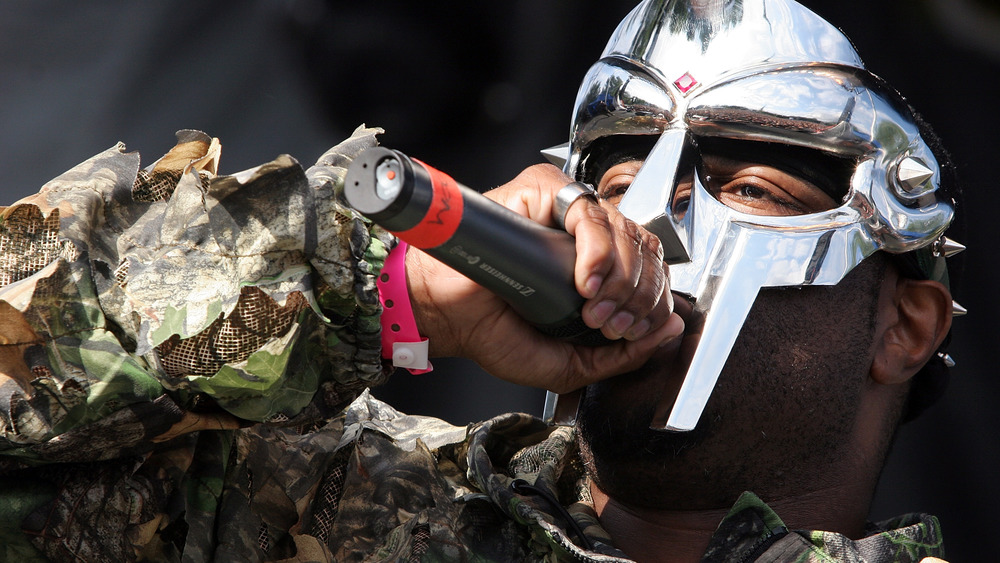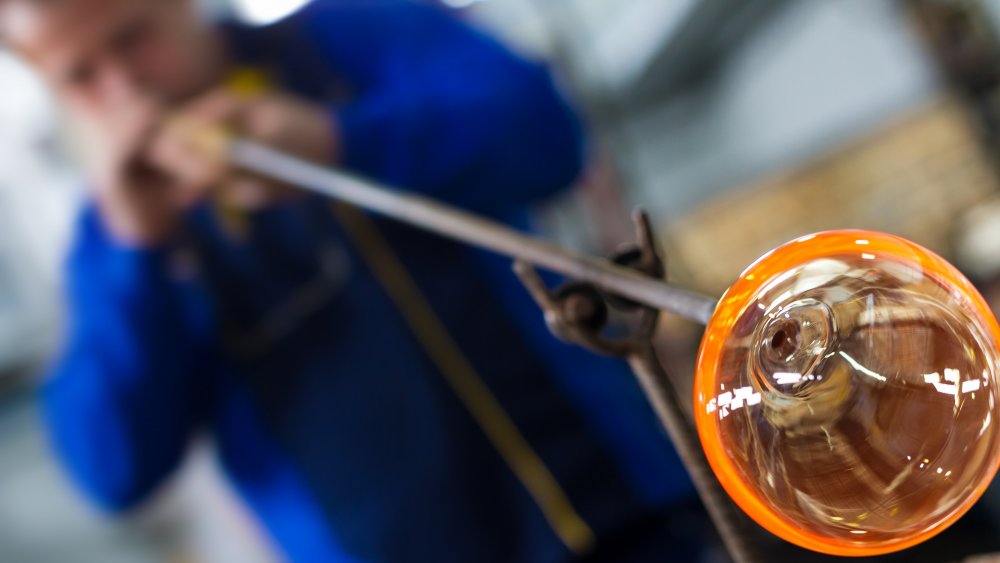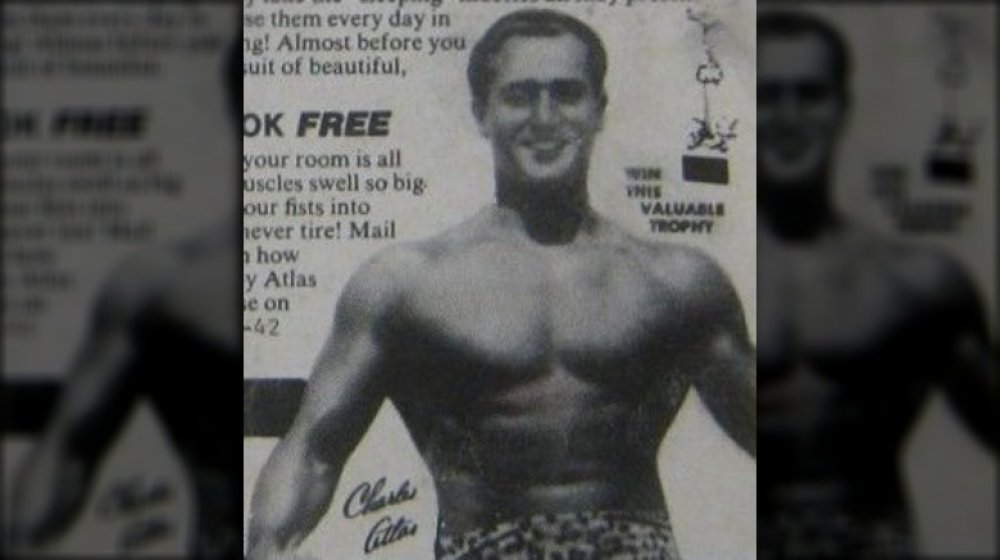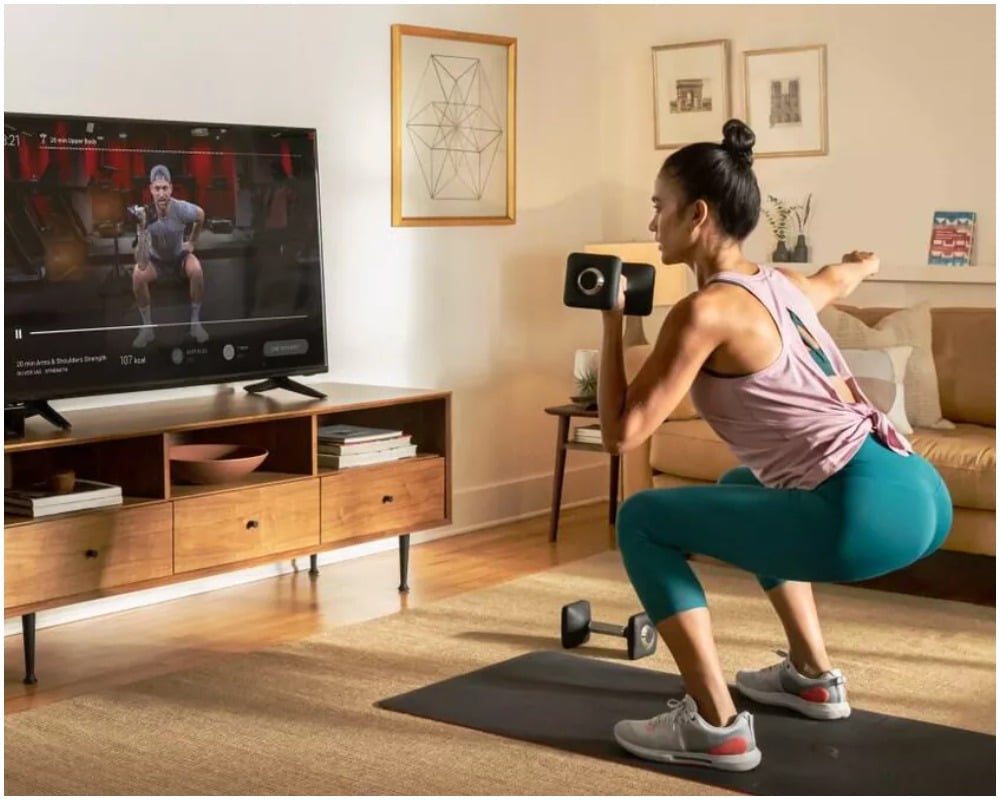
Finding the Best Running Shoes for You
Jogging and running are two of the most effective cardiovascular exercises. Running can help you lose or maintain weight, it builds leg strength and assists with mobility. Running, like other kinds of exercise, is not only good for your body but also your mind. Exercise releases chemicals in the brain like dopamine and serotonin, two chemicals that make you feel happy and reduce stress. If you’re new to jogging or running, or haven’t done the activities in a while, it’s very important to find the best running shoes for your needs. While there are many benefits to walking, jogging or running, doing so in poor shoes can lead to muscle, bone, and joint problems.
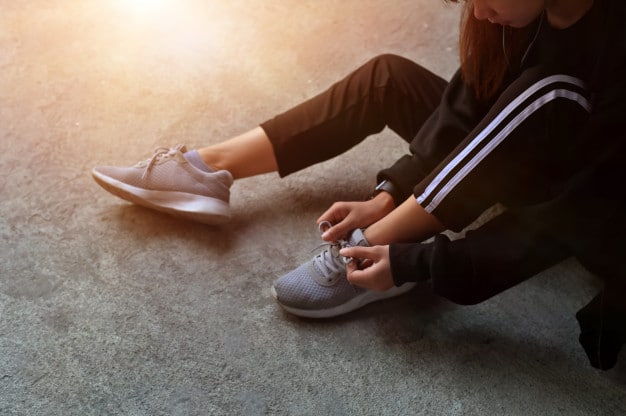
Finding the Best Running Shoes for You
When you visit a sneaker store, you’ll probably notice the nearly endless selection on the walls and shelves. The market offers countless different types of running shoes and numerous brands.
You often find yourself asking, “how do I choose?”
The ultimate goal is to find a pair that feels the most comfortable. That’s why it’s crucial to try on several different pairs – it can give you an idea which brand or style fits you best. Along with this resourceful guide, a customer service rep at the store can help answer any other questions you have about finding the best running shoes.
Foot Type
Humans intuitively know how to walk, jog, and run. However, the method we go about performing the activity varies between different people. Therefore, the first step in determining which running shoes are best for you is examining the pronation, arch, and gait of your feet.
- Pronation: Pronation is best described at the rolling of the foot from heel to toe through the foot strike. The proper foot strike pattern is first striking with the outside of the heel, then moving up the ball of the foot evenly. However, some walkers and joggers have overpronation or under pronation. A store rep can measure you for pronation to determine the type of sneaker that will reduce impact based on your pronation.
- Arch: It is easier to test for an arch/foot type. A simple yet effective way to test foot type is to wet the bottom of your feet and stand on a paper bag for about 10 seconds. Once you step off the bag, study the imprint left behind. The imprint reveals if you have a normal arch, high arch, or low arch.
- Gait: After determining the arch height, you can use the same information to find your gait. The gait is a technical term for the way you run. Examining your gait is probably the most essential test for finding appropriate running shoes.

Types of Running Shoes
Now that you have a good sense of your foot pattern and movement, you know which types of running shoes to try out at the store. You might be surprised to learn how many different technologies are available on running shoes these days.
There are three main types of running shoes:
- Motion Control Running Shoes: The athletic sneakers stand out because when you turn it over on the sole, it’s wide and extremely straight. Motion-control shoes are good for flat feet and overpronation. The shape prevents the foot from rolling over too far when jogging or running.
- Stability Running Shoes: These are another common type of running shoes. Stability shoes have a semi-curved shape. The style is best fitted to normal arches with little to no pronation. The running shoes provide solid balance, cushioning, and support.
- Neutral Cushioning Running Shoes: Despite its name, neutral cushioning running shoes actually have the most pronounced curve. Therefore, a pair works well for high arched feet and under pronation. The style helps absorb impact that feet generally absorb with other types of gait.
Another tip for finding reliable running shoes with good support is checking out the inside of the footwear. In addition to a wider last, shoe manufacturers add dual-density foam on the inside of a sneaker to prevent rolling and keep a foot neutral in stride. When you study the inside of the shoe, you should notice a darker color or speckled foam. If discoloration or speckled foam is primarily in the middle, near the arch, it is only designed to offer mild stability for your feet. The exact opposite is true of the neutral cushion, where no dense foam is evident. When the dense foam starts at the beginning of the arch and wraps all the way around to the back of your heel, you can depend on motion control shoes with more added stability.
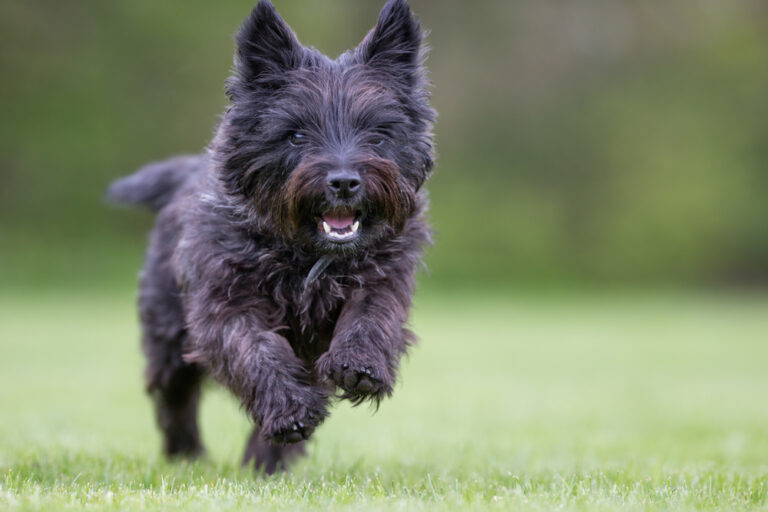
Keeping Your Dog Fit In Winter

Long Gone But Not Forgotten: Abandoned Stadiums Across the Globe!
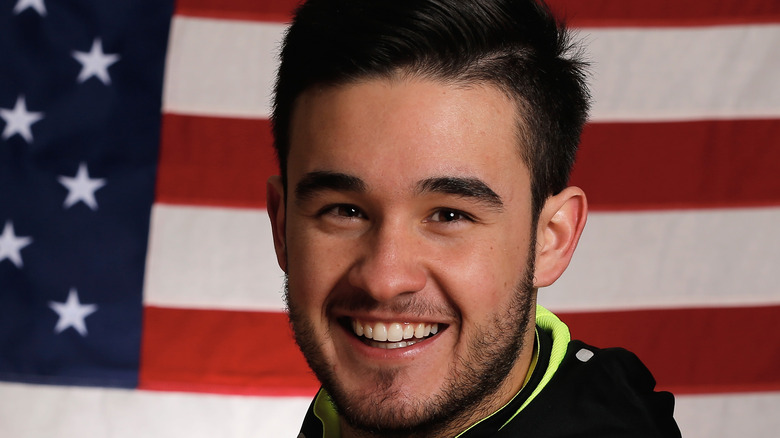
The Untold Truth Of US Olympian Eddy Alvarez
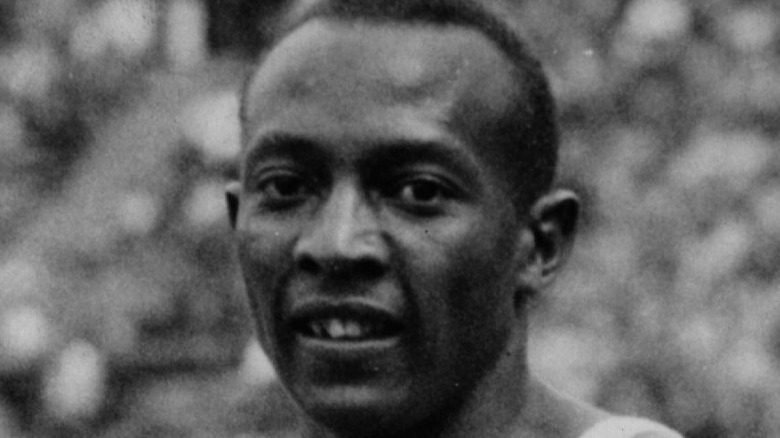
Did The Olympics Make Jesse Owens Rich?
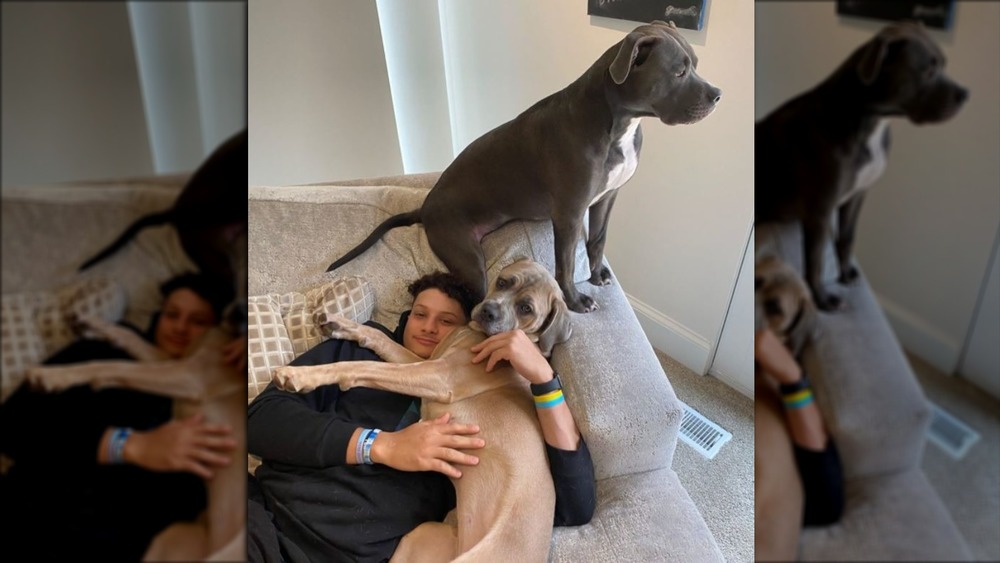
What You Should Know About Patrick Mahomes' Dogs, Steel And Silver
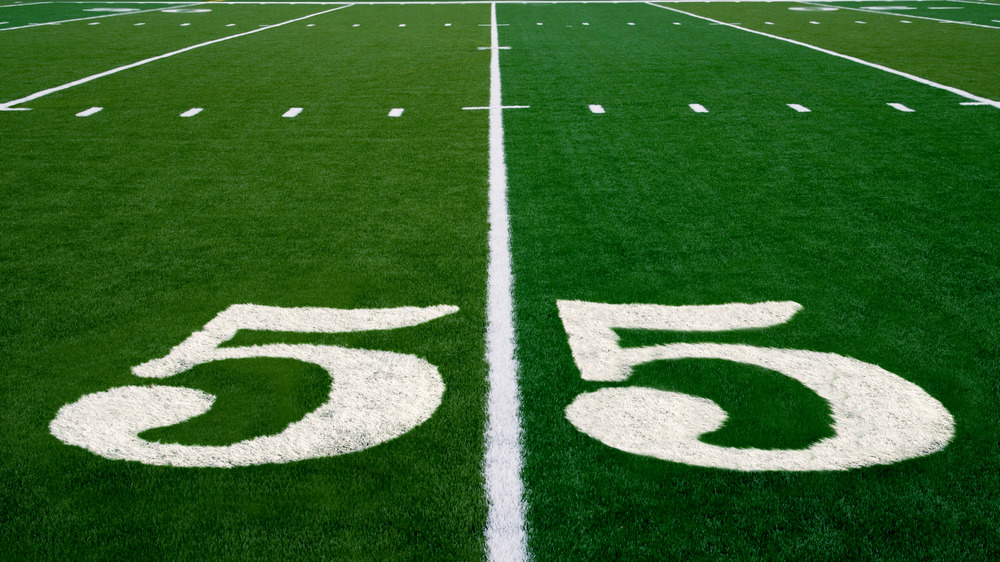
The Real Reason You Won't See These Iconic Brands In Super Bowl Ads This Year

The Job You Won't Believe Former NBA Star Karl Malone Had

How Pete Rose Ended Up Broke

The Real Reason Rob Gronkowski Retired From Football

This Is How Much Kurt Angle Is Actually Worth












